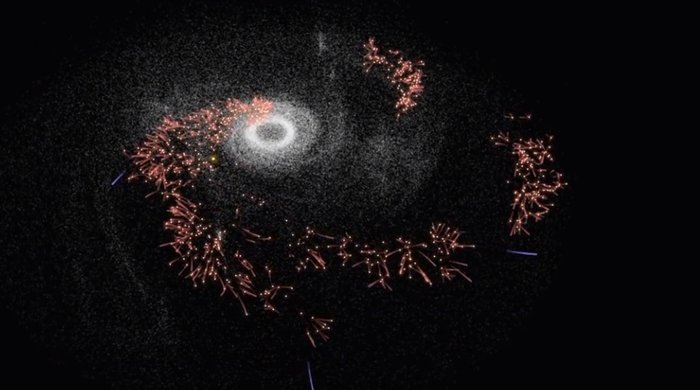Aim for the Center
The Milky Way is 13 BILLION years old. Some of our Galaxy’s oldest stars were born near the beginning of the Universe itself. During all these eons of time, we know at least one technological civilization has been born – US!
But if the Galaxy is so ancient, and we know it can create life, why haven’t we heard from anybody else? If another civilization was just 0.1% of the Galaxy’s age older than we are, they would be millions of years further along than us and presumably more advanced. If we are already on the cusp of sending life to other worlds, shouldn’t the Milky Way be teeming with alien ships and colonies by now?
Maybe. But it’s also possible that we’ve been looking in the wrong place. Recent computer simulations by Jason T. Wright et al suggest that the best place to look for ancient space-faring civilizations might be the core of the Galaxy, a relatively unexplored target in the search for extra terrestrial intelligence.


